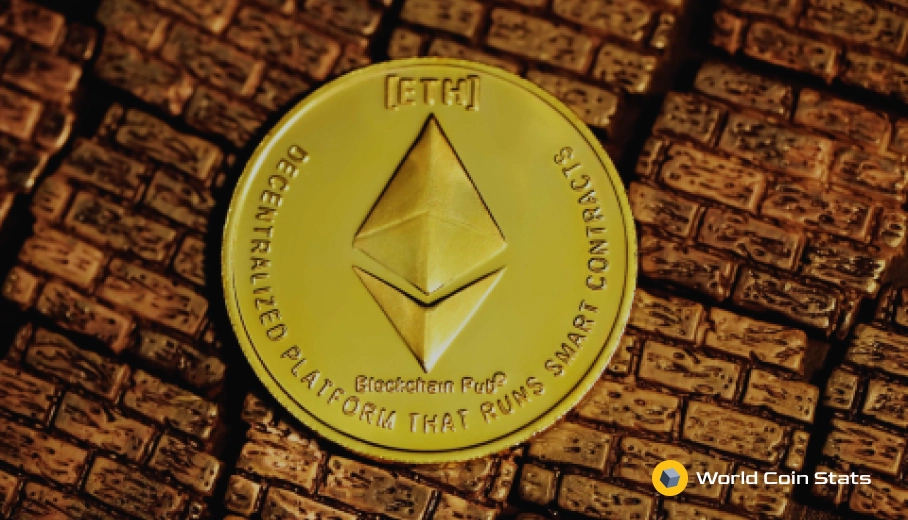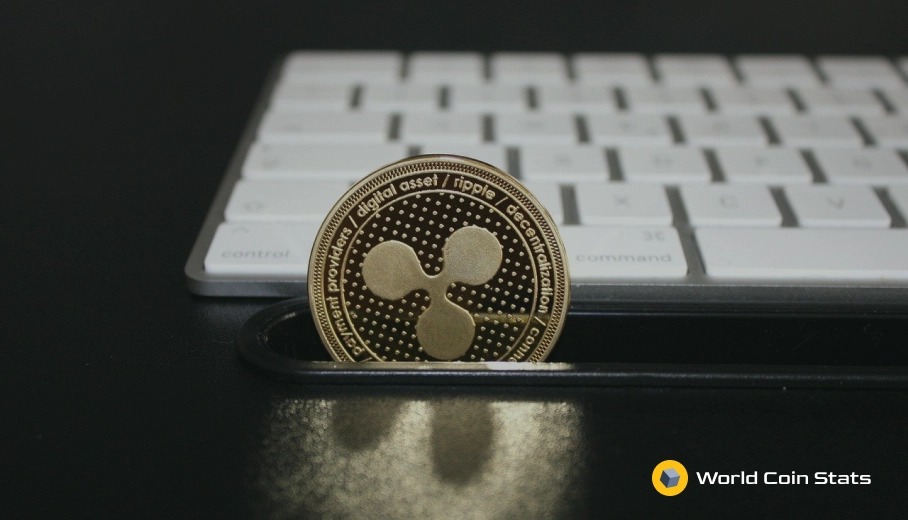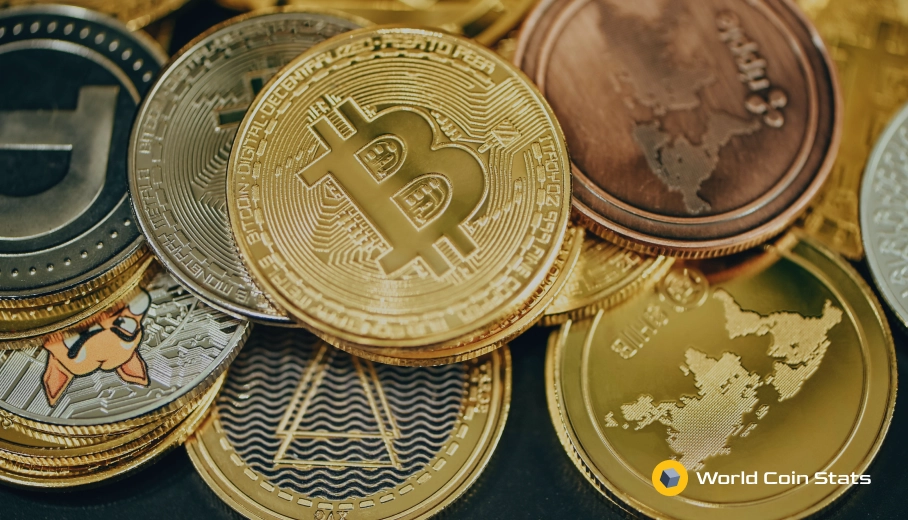Will DeFi Crash In 2020?
Possibly.
If it does, then it’s not a sign that DeFi will never rebound. It will crash due to the fact that it experienced tremendous growth in 2020.
Some will say that the growth was unnatural growth in comparison to the amount of value that DeFi brought to the table.
That is a fair assessment. DeFi did receive a lot of media attention in 2020, which has a tendency to bring in a lot of uninformed money. And uninformed money has a tendency to drive the price up.
That is exactly what happened with the ICO bubble. The smart money made money in the beginning, the uninformed money saw that, the uninformed money tried to join in, and the price of cryptocurrency soared due to the influx of money into cryptocurrency.
The Difference Fundamental Differences between the ICO Bubble and DeFi
As we briefly mentioned previously, the ICO bubble and DeFi have a major fundamental difference in terms of speculation compared to real-world results.
That’s obviously a major difference. However, it is not the only difference between DeFi and the ICO bubble.
Here are some of the other differences between the ICO bubble and DeFi. These differences all work in DeFi’s favor:
Barriers to Entry
First, DeFi has much higher barriers to entry than the ICO bubble.
Sure, investing in an ICO was a little difficult, but that wasn’t the only way people made money from the ICO bubble.
A lot of money was made by people simply purchasing the tokens after the ICO or purchasing Ethereum itself. Ethereum was easily available on Coinbase and every major exchange – it could be purchased with a credit card.
People that barely knew how to use a computer were investing in cryptocurrency in 2017.
DeFi is a little different. Most of the tokens require downloading special software and converting Ethereum to a separate token via an exchange (decentralized or centralized).
The barrier to entry will likely decrease over time. For instance, Coinbase added a LINK/USD trading pair.
Despite that, the point still stands that it’s significantly harder to invest in DeFi than it was to invest in an ICO or cryptocurrencies in 2017.
This barrier to entry will prevent a bubble from forming in the near-term because it will prevent a large amount of capital from entering the market.
Fear of Another Bubble
Perhaps the biggest reason DeFi will not become a bubble is that people are scared to get burned after the 2017 ICO bubble.
Obviously, some people will have fear of missing out (FOMO) from the last bubble. But a surprising amount of people saw what happened in 2017 and are simply too risk averse to invest in cryptocurrency when they don’t fully understand it.
Again, we do not believe this will prevent a bubble from forming. It will simply prevent the massive parabolic growth in price that formed with the ICO bubble and Dot Com bubble.
Speculation vs. Results
We’re mentioning it again because it’s that important.
The ICO bubble was based entirely on speculation. By definition, none of the companies that had an ICO had any results.
Investors were investing in an idea and not results. If the investors read the white papers, then they would have realized that the idea would take years to come to fruition.
Final Words
That covers it for whether or not DeFi is creating an ICO era like bubble in the crypto market. It’s our opinion that DeFi is not creating a bubble similar to the ICO bubble.
There’s actually proof of concept with DeFi, which was not the case with the ICO bubble. In addition to that, the barriers to DeFi are higher than the barriers to entry with an ICO, and that should prevent the rapid rise in price that cryptocurrency experienced in 2017.
To the point about DeFi crashing in 2020, the price will go through fluctuations from time to time. It will not be a steady rise upwards. If the price does crash, then it will surely rise again in 2021. Also, the price isn’t that high at the moment, so a 50% crash isn’t that much in terms of value.




